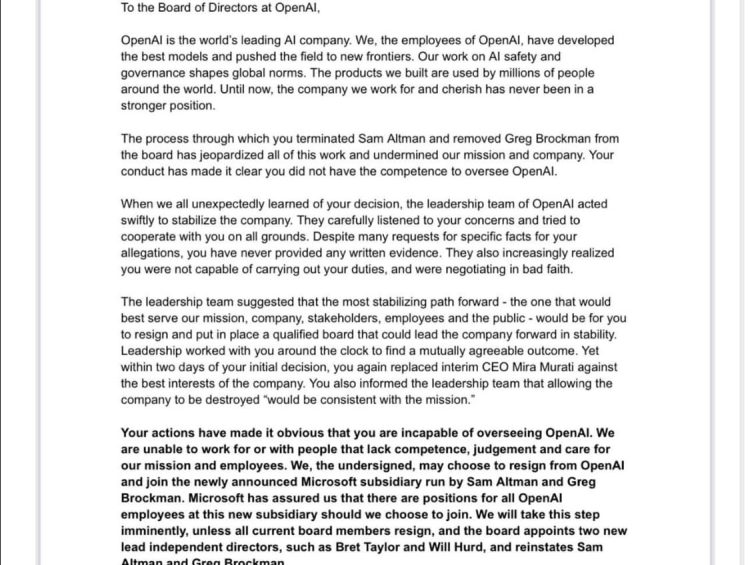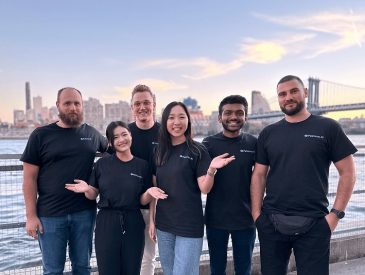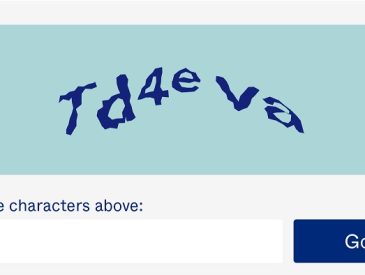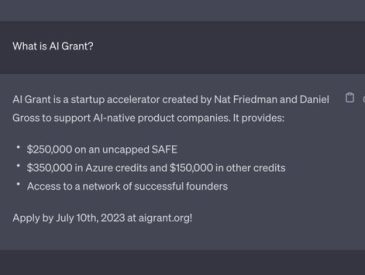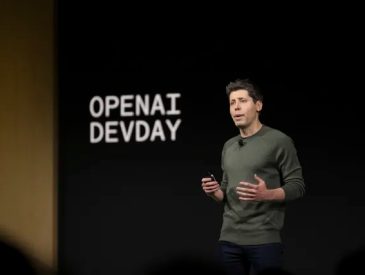A significant number of employees at OpenAI, including the chief scientist and a board member, have signed a letter calling for the board’s resignation and the reinstatement of Sam Altman as CEO. The employees are expressing concerns about recent decisions made by the board, which they believe have compromised OpenAI’s mission and undermined its work. This discontent within the organization poses potential challenges and uncertainties for OpenAI’s future in AI development.
Key Takeaways
- The recent protest by employees at OpenAI, where more than 730 individuals signed a letter demanding the board’s resignation, highlights the deep dissatisfaction within the organization.
- The decision to remove Sam Altman as CEO and the lack of transparency in the process have caused disruption and uncertainty.
- These events have significant implications for OpenAI’s future in AI development and emphasize the need for a stable and effective leadership structure.
- The protest by OpenAI employees, with over 730 signatories, showcases the discontent within the organization.
- The removal of Sam Altman as CEO and the lack of transparency surrounding the decision have created disruption and uncertainty.
- These developments have important consequences for OpenAI’s future in AI development and highlight the importance of establishing a strong and efficient leadership structure.
Nearly all of OpenAI’s employees have threatened to quit, unless the current board resigns https://t.co/TQyeNn9jng
— Bloomberg (@business) November 20, 2023
Employee Protest and Demands
OpenAI employees are currently protesting and making demands for the board to resign or step down. More than 730 employees have signed a letter, threatening to leave OpenAI if their demands are not met. The letter specifically calls for the board’s resignation and the reinstatement of Sam Altman as CEO. It is worth noting that Ilya Sutskever, the chief scientist and a board member, has also signed the letter, showing internal support for the protest. The employees argue that the board’s actions have put the company’s mission at risk and undermined its work. By Monday evening, approximately 95% of OpenAI employees had signed the letter, highlighting the widespread dissatisfaction within the organization. The protest reflects the employees’ concerns about the board’s decision-making process and the lack of transparency regarding Altman’s removal as CEO.
Board’s Controversial Decision
Amidst the ongoing employee protest, OpenAI’s board has faced significant backlash due to their controversial decision-making process. The board’s actions have come under scrutiny, with employees expressing their dissatisfaction and questioning the reasoning behind certain decisions. There is a lack of transparency and clear communication regarding the removal of Sam Altman as CEO, which has further fueled the controversy. Employees have raised concerns about the board’s decision-making process, highlighting the absence of written evidence to support their allegations against Altman. This has led to a sense of uncertainty and confusion within OpenAI, as employees feel that the board’s actions have undermined the company’s mission and compromised its work. The controversy surrounding the board’s decisions has the potential to impact OpenAI’s future, hindering its progress in AI development and potentially compromising its commitment to keeping AI development safe.
Sam Altman’s Return as CEO
After a controversial decision by the board, OpenAI has confirmed that Sam Altman will be returning as CEO. Altman was previously fired as CEO and replaced by Emmett Shear, the former CEO of Twitch, on an interim basis. However, negotiations between Altman and the board have resulted in an agreement for his reinstatement. Altman’s sudden departure had caused a lot of upheaval within OpenAI, and his return brings some much-needed stability to the company. The reasons behind Altman’s removal from leadership were not clearly explained, which caused uncertainty and confusion among OpenAI employees and investors. The return of Altman as CEO may help address some of the concerns raised by the stakeholders. It remains to be seen how Altman’s return will impact OpenAI’s future and its mission of ensuring the safe development of AI.
Unusual Corporate Structure
OpenAI’s unique corporate structure, which was created to safeguard against the risks of rogue AI, has raised concerns among investors and resulted in recent turmoil within the boardroom. Some investors view this structure as potentially weakening the company instead of strengthening it. The recent decision to remove Sam Altman as CEO, seen as a move to protect OpenAI’s mission, has actually caused uncertainty and instability within the organization. The board’s decision-making process is now being questioned, and the lack of clear reasons for Altman’s removal has fueled criticism and speculation surrounding OpenAI’s unconventional corporate structure. The future impact of this boardroom drama on OpenAI’s ability to fulfill its mission remains uncertain.
Implications for OpenAI’s Future
The future of OpenAI may be uncertain due to recent changes in leadership and internal unrest within the organization. The demand for the board’s resignation by OpenAI employees highlights their dissatisfaction and lack of confidence. With over 730 employees threatening to leave and the majority signing a letter for change, it’s clear that there are significant concerns within the company. This level of uncertainty and instability could hinder OpenAI’s progress in AI development and compromise its mission of ensuring the safety of AI. The resignation of OpenAI’s president and three senior researchers in response to the situation further adds to the implications for the company’s future.
Leadership Change and Confusion
The recent leadership change at OpenAI has caused confusion and uncertainty within the organization. The decision to remove CEO Sam Altman from his position was not clearly explained, leaving employees puzzled and questioning the board’s actions. This lack of transparency has created a sense of unease and unrest among the workforce. Additionally, the board’s choice to appoint Mira Murati as the temporary leader, while actively searching for a permanent replacement, has added to the confusion. Employees are uncertain about the future direction of the company and how this leadership change will impact OpenAI’s mission and goals. This atmosphere of doubt and ambiguity may hinder productivity and progress within the organization, potentially jeopardizing OpenAI’s position as a leader in AI development.
Conclusion
The recent protest by OpenAI employees, where over 730 individuals signed a letter demanding the board’s resignation, reveals the deep discontent within the organization. The decision to remove Sam Altman as CEO and the lack of transparency in the process have caused disruption and uncertainty. These events have significant implications for OpenAI’s future in AI development and underscore the importance of establishing a stable and effective leadership structure.
Get ready to dive into a world of AI news, reviews, and tips at Wicked Sciences! If you’ve been searching the internet for the latest insights on artificial intelligence, look no further. We understand that staying up to date with the ever-evolving field of AI can be a challenge, but Wicked Science is here to make it easier. Our website is packed with captivating articles and informative content that will keep you informed about the latest trends, breakthroughs, and applications in the world of AI. Whether you’re a seasoned AI enthusiast or just starting your journey, Wicked Science is your go-to destination for all things AI. Discover more by visiting our website today and unlock a world of fascinating AI knowledge.

